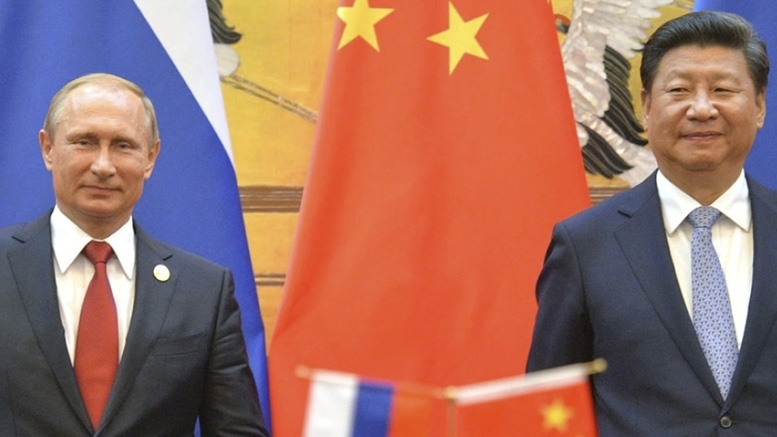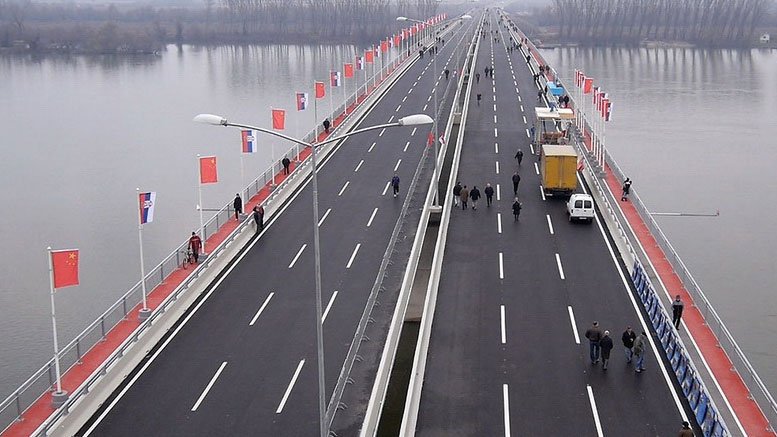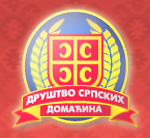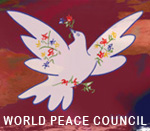SILK ROAD OF 21st CENTURY
| Activities - Comments |
Zivadin Jovanovic, Belgrade, March 6th, 2016.
Chairman of the Belgrade Forum for a World of Equals
 True partnership
True partnership
A few days ago I have returned from China where I participated at the International think tank conference on the Initiative New Silk Road of the 21st Century, held in Chinese Municipality of Shenzhen. This Initiative was inaugurated by Chinese President Si Djinping in 2013.
There were 80 think tank participants from about 50 countries of Europe, Asia, Middle East and South America. High representatives of the government agencies of a number of countries, such as high ranking diplomats, were also present (from Izrael, Iran, Belorussia, Kirgizistan, Afganistan, Kazahastan). Among prominent politicians who participated were Alfred Guzenbauer, former Chancellor of Austria, Roza Otunbayeva, former President of Kirgizistan and others.
Hosts and organizers were Chinese Center for Contemporary World Studies (CCCWS), Government of the Municipality of Shenzhen and Fudan University of Shanghai. International Association of the New Silk Road was established and the Shenzhen Declaration, launched.
Foreign guests visited also Beijing, Chongqing and the district of Dazu, Sichuan Province. In Shenzhen (seat of mobile telephone production, 13 millions of inhabitants, adjusting to Hong Kong) welcome to foreign participants was accorded by top local Government leaders and high politicians and scientists from Beijing. Chongqing, with 33 million inhabitants on the Yangze River, I learned is the largest city in China, producing 3 millions of cars and 55 millions of lap-top computers, yearly. It plays one of the key roles in connecting Central China regions eastward to the Pacific and South East Asia and westward to Central Asia, Volgograd region in Russia and Central Europe. This particular Connectivity Chongqing – Volgograd was promoted by presidents of China and Russia - Si Djinping and Vladimir Putin.
Silk Road is multidimensional global project aimed at modernizing and expanding fiscal connectivity between China, Asia, Africa and the whole of Europe, economic development of the vast belt along the New Silk Road, but at the same time, reinforcing cultural cooperation, understanding and mutual trust among nations and civilizations. It presupposes construction and modernization of modern roads, railways, air connections, energy, food and industry production, modernization of Sea transport facilities and communication, in general. It requires investment of about 900.000 billion US dollars from Chinese sources. EU is expected to provide additional 315 billion of US dollars in order to be able to fully benefit from the Initiative. So far, according to available information, EU could secure only 60 billion approaching China for the rest.
US seem to be unwilling so far to join or support the Chinese New Silk Road Initiative. US has not joined Asian (Chinese) bank for infrastructure development in spite of the fact that their closest European allies, including Great Britain, have joined this Bank which already attracted about 60 member countries. Instead, USA seem trying to get together all Asian and Pacific Ocean countries which supposedly have any reservation, or issue in dispute, toward/with China, to form an alternative integration counterbalancing if not obstructing Chinese Initiative. Not being pleased with EU joining Chinese Initiative and Asian Bank for Infrastructure, Washington apparently steps up pleasures on Brussels to approve TTIP and let it coming into force, as soon as possible. Kind of “dead race”, for some countries economic for the others geopolitical one, is going on not only among adversaries, but among some traditional allies, too.
 Chinese investment and construction of the bridge Belgrade-Borca
Chinese investment and construction of the bridge Belgrade-Borca
Apart from EU, which has primarily economic interests to join the Initiative, the Group “China plus 16” has been established three years ago to cater for the interests of Central and South East European countries within the Initiative. For various infrastructural projects of this particular Group, for the time being, China has provided 10 billion US dollars. Serbia has been promised 1,5 billion which makes her rather high ranking partner. Part of that sum has already been engaged in construction of two very important bridges - one over Danube and the other over Sava River, with the rest reserved for modernization of the Belgrade – Budapest railway. It is only the beginning of modernization of the European corridor No. 10, connecting ports of Piraeus and Thessaloniki, in Greece, with the Central and Northern Europe. China is also engaged in construction of Belgrade – Bar highway (Montenegro, Adriatic), thermo-electric project Obrenovac II, while negotiations are under way about construction of free zone Industrial Park, first of that kind in this part of Europe. In all Serb-Chinese joint projects special consideration is given to compliance with the highest EU standards of environment protection.
Some participants in the discussion at the Shenzhen Conference have underlined the importance of connecting “Three Seas” - Adriatic, Black and Baltic relating top it the Danube River water way which should be improved.
 Chinese investment and construction of the bridge Belgrade-Borca
Chinese investment and construction of the bridge Belgrade-Borca
The Initiative of the New Silk Road, (a.k.a.“Belt and Road”) is only fourth year of age. Yet, it has already embraced 75 free zones and Industrial parks in 35 countries along the Belt. They employed about 950.000 persons and provided the tax revenue of over 100 billion of US dollars to the participating countries. New highways, railways, ports and bridges – in addition. Isn’t that promising start of New Silk Road Initiative, notwithstanding hardships in the global world economy.
| < Prev | Next > |
|---|
| Overstatement from Davos 2017. |
Liberal corporative capitalism, for reasons of lowering traveling costs, proposed not to travel to history alone but packed togather with NATO, EU and unipollar World Order. Workers participation has good chances to step in provisionally, buying time for full scale workers selfmanagment. |









